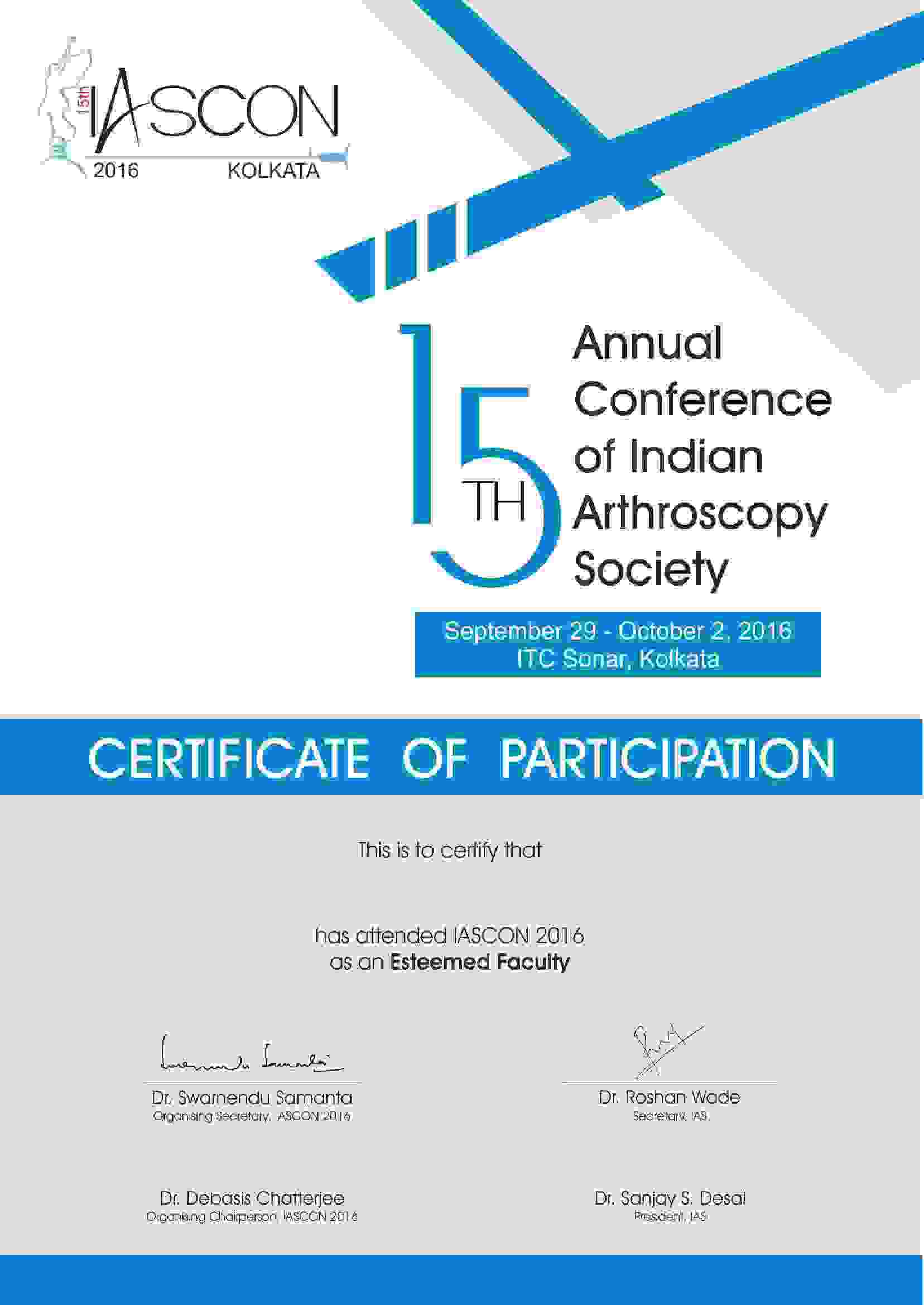What is patellar instability?
The patella (knee cap) is a small bone which sits on the top of the knee & moves up & down during knee bending. It serves as a pulley & improves the efficiency of knee movements particularly knee extension (straightening). Normally the patella is held within a groove in the femur (thigh bone) & it moves within the con?nes of this groove. If it comes out of this groove called the trochlea, then the condition is called patellar dislocation. If it keeps on coming out of the groove every now & then or feels like coming out of the groove, the condition is called patellar instability.
What are the causes of patellar instability?
Any direct injury to the patella can dislocate it outwards. Rest & plaster/ brace are very important after a patella dislocation. If proper precautions are not taken, the soft tissues on the inner side of the knee become unduly loose & the soft tissues on the outer side of the knee become very tight. This leads to the vicious circle of patellar instability. Other causes include a shallow trochlea (the bony groove where the patella sits), tight hamstrings, hip diseases etc. A detailed clinical examination usually can pick up the cause.
How is patellar instability treated?
The treatment can take one of 3 directions; physiotherapy, arthroscopy & open surgery. A special physiotherapy program designed at tightening the loose inner soft tissues of the knee combined with Kinesio taping is successful in many patients. If the CT scan reveals bony abnormalities, open bony procedures are done to correct it. Otherwise most patients can be treated with either arthroscopic tightening of the loose inner soft tissues, or by an arthroscopic assisted operation called MPFL reconstruction if the MRI shows an MPFL tear.
What investigations are required?
Special X rays called the Merchant views or Skyline views are required to see the patella properly. A CT scan is very helpful in measuring limb angles & to study the bony structure of the knee. MRI is able to show tears of the ligament on the inner side of the knee called the medial patellofemoral ligament (MPFL). Ultrasound is also an excellent investigation to study the possible causes of the dislocation & to see it in real time.
Trochleoplasty
Trochlea refers to a cartilaginous part over which the patella articulates. Many problems such as trochlear dysplasia (abnormality in the development of tissues) are said to affect this portion of the body.
Trochleoplasty is the surgical procedure to correct the trochlea abnormalities in order to regain the normal anatomical structure. By this procedure, the walls of trochlear grooves are reshaped. Reshaping can either be deepening or elevating the groove. When the grooves misalign, patellar dislocation takes place .The procedure is a demanding technique; however this not performed commonly due to lack of familiarity.
Trochleoplasty happens to be the prescribed procedure for disorders like trochlear dysplasia. This can also act as a salvage procedure in situations where surgeries like Anterior Tibial Tubercle Transfer (ATTT) fails to do its desired function.










